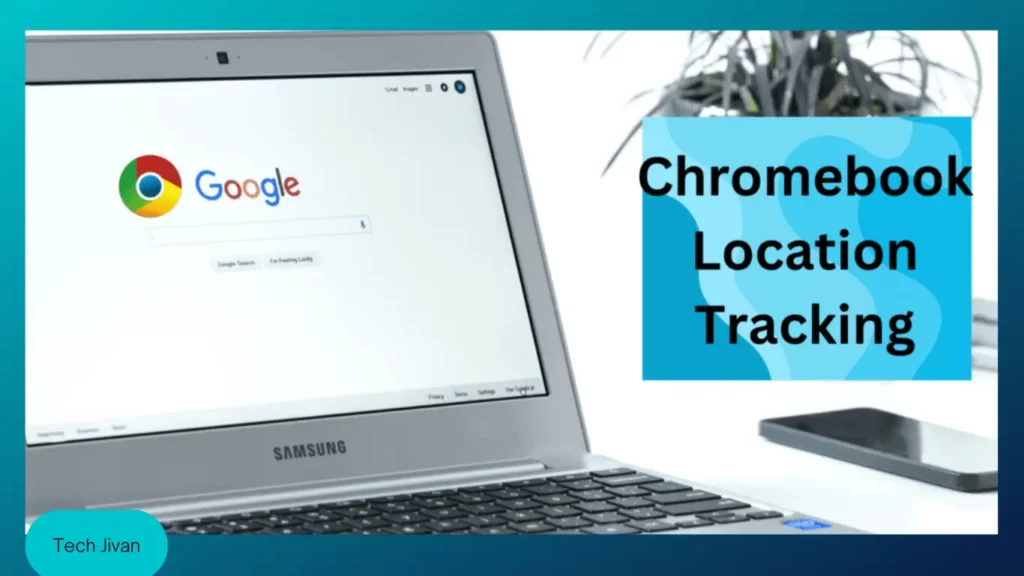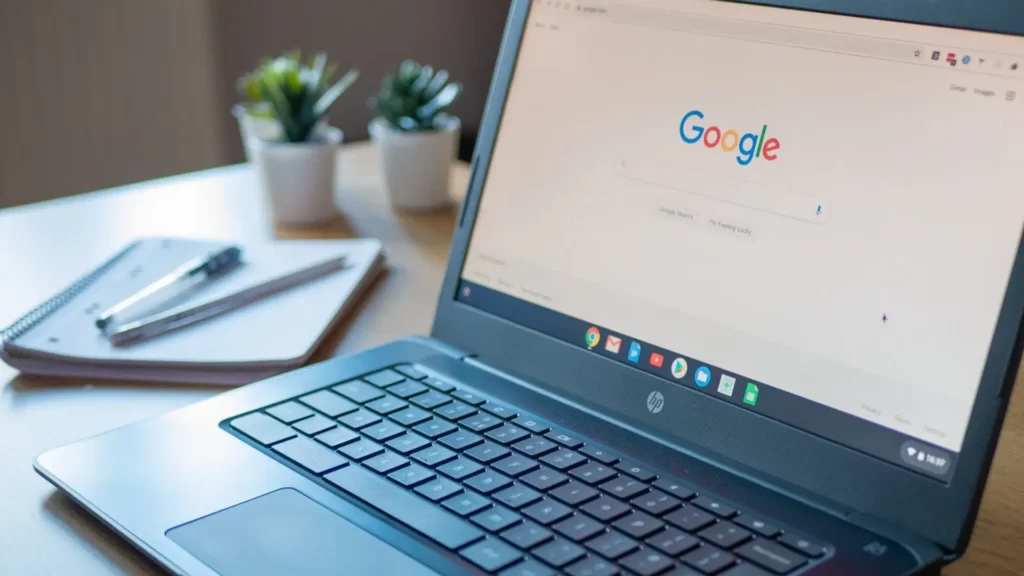
Due to its accessibility, ease of use, and seamless connection with Google’s app ecosystem, Chromebooks have seen a major increase in popularity in recent years.
These lightweight laptops powered by Chrome OS have become popular among students, professionals, and casual users alike.
However, one feature that often raises concerns is the built-in location-tracking capability of Chromebooks.
We will examine how Chromebook location tracking functions, its advantages, potential privacy repercussions, and strategies for ensuring a balanced approach between security and privacy.
Table of Contents
Understanding Chromebook Location Tracking
Chromebook location tracking relies on GPS, Wi-Fi, and IP address information to determine the device’s physical location.
Google uses this feature to provide valuable functionalities such as finding a lost or stolen Chromebook, assisting with device management in educational institutions, and delivering location-based services.
How to use find my Chromebook to locate your computer?
Losing a laptop or having it stolen can be a distressing experience, especially considering the amount of personal and sensitive information we store on our devices.
Thankfully, “Find My Chromebook,” a built-in function in Chromebooks, allows users to locate their stolen or misplaced laptops and even establish a remote connection.
We’ll direct you through the method of utilizing Discover My Chromebook to find your computer and remotely interface to it, giving you with the leading chance of recouping your gadget and ensuring your information.
Activating Find My Chromebook in Part 1 Make sure the functionality is turned on on your device before you can utilize Find My Chromebook.
To activate it, adhere to the following steps:
- Open the Chrome browser on your Chromebook and sign in to your Google account.
- Click on the clock or battery icon in the bottom-right corner of the screen to open the system tray.
- Locate the gear-shaped icon labeled “Settings” and click on it.
- Scroll down and select “People” from the Settings menu.
- Under the “Sync and Google services” section, make sure the option for “Allow Chromebook to be locked and erased remotely” is enabled.
- If prompted, enter your Google account password to confirm the changes.
Locating Your Chromebook: Once Find My Chromebook is activated, you can use it to locate your device

Follow these steps:
- Access the Find My Device website by opening a web browser on any computer or mobile device track now.
- Sign in with the same Google account that is linked to your Chromebook.
- The Find My Device interface will display a map with the last known location of your Chromebook. If the device is currently online, its real-time location will be shown.
- For a more precise position, you may zoom in or out on the map.
How to remotely connect to your lost or stolen device Chromebook?
Remotely Connecting to Your Chromebook
If you believe your Chromebook is in your possession or is stolen and nearby, you can establish a remote connection to perform certain actions.
Follow these steps:
- In the Find My Device interface, click on the name of your Chromebook in the left-hand column.
- A sidebar will appear on the right with several options.
- To secure your device, click on “Secure device.” You can remotely lock your Chromebook with a new password and display a custom message on the login screen.
- If you suspect your device is irretrievable, click on “Erase device” to remove all data from your Chromebook. This action should only be taken as a last resort, as it will delete all files and settings permanently.
- Use the “Access files” option if you wish to recover any crucial files before wiping the device. You may remotely access the information on your Chromebook’s internal storage so you can get hold of crucial information.
Read Also: 5 New AI Upgrades in Microsoft Bing
Conclusion:
Chromebook location tracking provides valuable features for device recovery, remote management, and enhanced user experiences.
While privacy concerns are valid, Google has implemented safeguards to address these issues.
Users may strike a balance between the benefits of location monitoring and maintaining their privacy by being aware of their options and using best practices.
The Find My Chromebook feature offers valuable assistance in locating and remotely connecting to your lost or stolen device.
By following the steps outlined in this article, you can activate Find My Chromebook, track the location of your device, and take the necessary actions to secure your personal information.
To improve your chances of finding your Chromebook and protecting your data, be watchful, keep it secure, and make use of Find My Chromebook.
Frequently Asked Questions
Q. Is Find My Chromebook available for all Chromebook models?
Ans: Yes, Find My Chromebook is a built-in feature available on most Chromebook models. Before you can use it to track & connect to your device remotely, you must make sure that the option is turned on in your Chromebook’s settings.
Q. Can I use Find My Chromebook to locate my device if it’s turned off or disconnected from the internet?
Ans: No, Find My Chromebook relies on the device being connected to the internet in order to track its location. If your Chromebook is turned off or not connected to a network, you won’t be able to locate it using this feature. For when it reconnects to the internet, you may still activate the “Secure device” or “Erase device” choices.
Q. Does a Chromebook have location-tracking capabilities?
Ans: A Chromebook does have built-in location tracking capabilities, similar to other modern laptops and mobile devices. This feature allows you to locate your Chromebook if it’s lost or stolen, provided that the tracking feature is enabled and the device is connected to the internet.
Q. How can I enable location tracking on my Chromebook?
Ans: To enable location tracking on your Chromebook, follow these steps:
- Click on the clock in the bottom-right corner of the screen.
- Click on the gear-shaped icon to access the Settings menu.
- Scroll down and click on “Privacy and security.”
- Under the “Location” section, make sure the toggle switch next to “Use my location” is turned on.
Q. How does Chromebook location tracking work?
Ans: When location tracking is enabled, your Chromebook uses a combination of Wi-Fi signals, GPS (if available), and IP address information to determine its location. This data is then used to display the approximate location of the device on a map.






